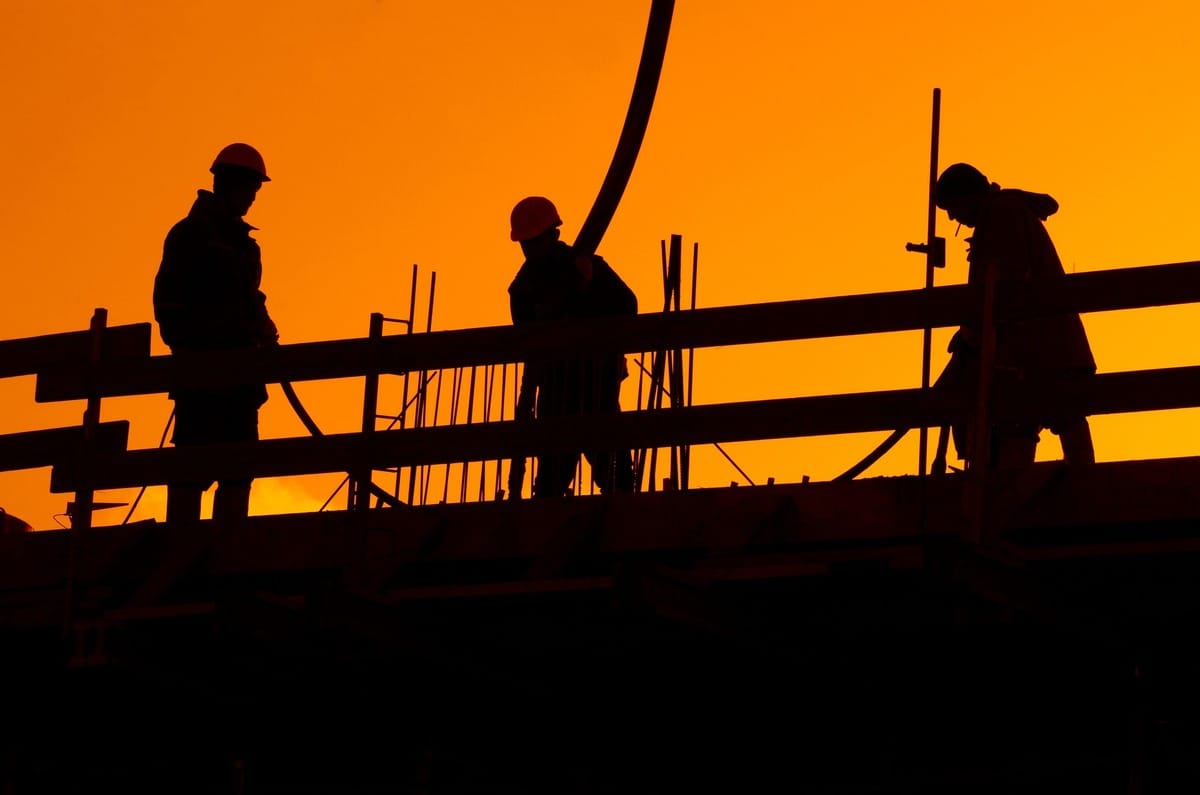- Full Brim Safety
- Posts
- Safe Scaffolding: Erection and Dismantling Done Right
Safe Scaffolding: Erection and Dismantling Done Right
Full Brim Safety: Build Smart, Build Safe

Safe Scaffolding: Erection and Dismantling Done Right
Welcome back, let's Build Smart & Build Safe! Yesterday, we covered the basics of scaffolding and why understanding its risks is so crucial. Today, we're focusing on two of the most critical phases of any scaffold's life: safe erection and dismantling. Doing these correctly is fundamental to preventing collapses and falls.
Think of building a scaffold like building with LEGOs – each piece must be placed precisely, in the right order, and securely connected to create a stable structure. Taking shortcuts during erection or dismantling significantly compromises the entire system's integrity.
Building it Safely: Key Steps for Erection
Solid Foundation is Everything: A scaffold must always start on a solid, level, and stable surface. Use base plates and mud sills to distribute the weight evenly and prevent sinking, especially on soft ground. Never build a scaffold on unstable materials or uneven surfaces without proper leveling.
Proper Bracing: Cross braces and diagonal braces are not optional; they are vital for the scaffold's stability and rigidity. Ensure they are correctly installed and secured at every level as per manufacturer guidelines and scaffold design.
Secure Tie-Ins: As the scaffold rises, it must be tied-in to the structure it parallels (e.g., a building wall) at regular intervals. These tie-ins prevent the scaffold from swaying away from or collapsing towards the building, especially in windy conditions. Follow manufacturer instructions or design specifications for spacing and type of tie-ins.
Full Platforms and Guardrails: As each level is erected, ensure the platforms are fully decked with no large gaps where a worker could step through. Immediately install guardrails (top-rail, mid-rail, and toe boards) on all open sides and ends of the working platform before workers begin using that level. This provides essential fall protection right from the start.
Safe Access: Provide safe access points like ladders, stair towers, or ramps that are securely attached and extend to the work level. Never climb the scaffold bracing.
Taking it Down Safely: Dismantling Procedures
Dismantling a scaffold should be approached with the same care as erection, essentially in reverse order. This means:
Maintaining fall protection throughout the process.
Removing components from the top down.
Ensuring the scaffold remains stable as parts are removed.
Never removing ties or braces unless the scaffold is being systematically dismantled from that level downwards.
The Role of the Competent Person (Again!):
Remember, all scaffold erection, dismantling, and major alterations must be supervised by a Competent Person. They have the expertise to identify hazards and the authority to stop work if necessary. Don't start, alter, or take down a scaffold without their oversight.
By following these fundamental practices for erecting and dismantling, we build a safer foundation for all work performed at height. Tomorrow, we'll talk about how to keep that scaffold safe with proper inspection and understanding its load limits.
Don't forget to sign your friends up for Full Brim Safety for your daily dose of construction safety tips!
-The Safety Man
